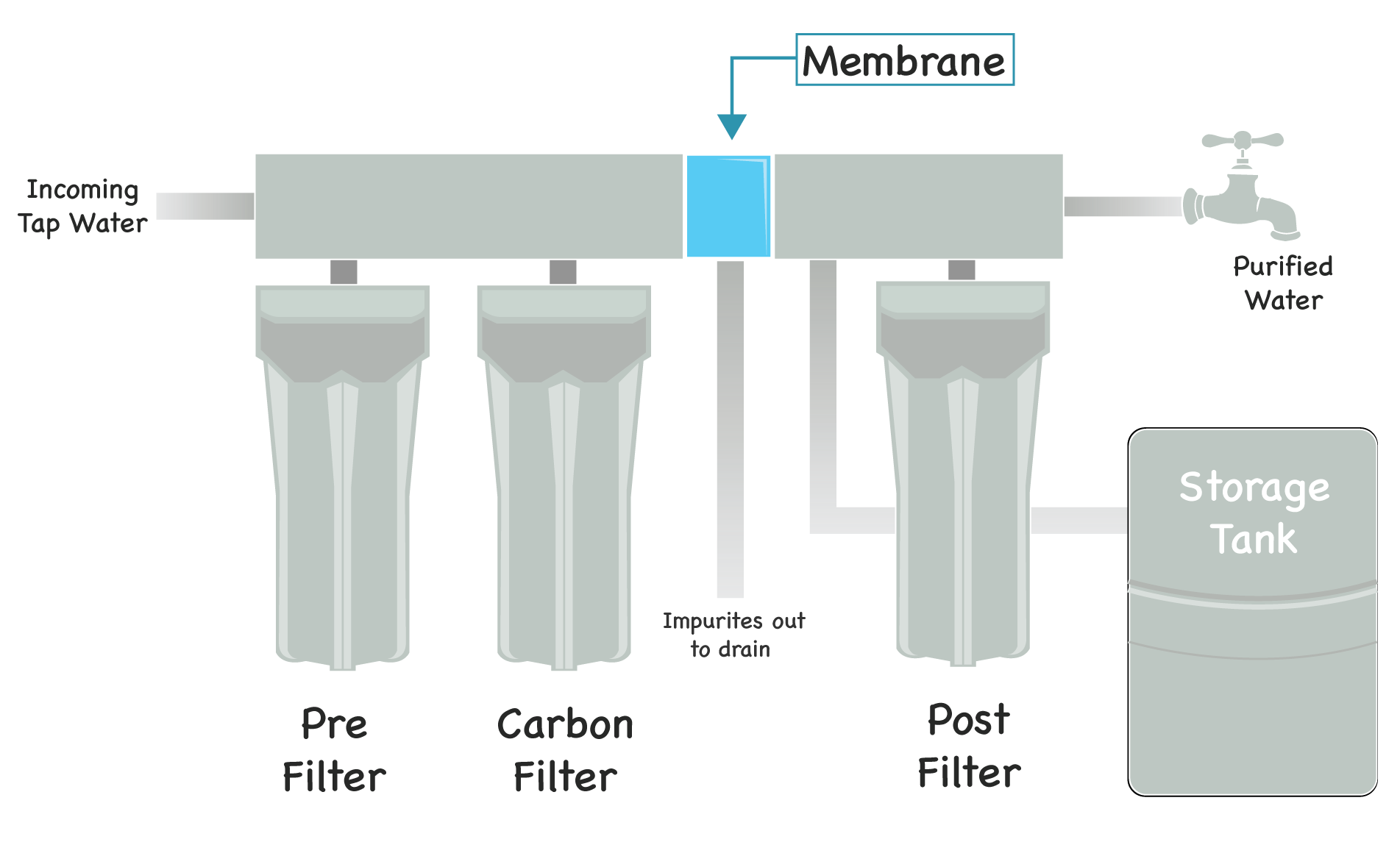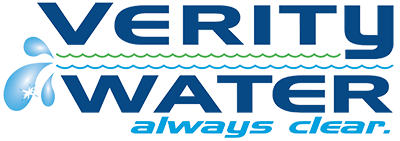
Instant Quote
Reverse Osmosis Systems In Clifton Park, Ballston Spa, Ballston Lake, Malta, Saratoga Springs & Hoosick Falls, NY

Instant Quote
What Does a Reverse Osmosis Filter System Do?
How Does a Reverse Osmosis Membrane Work?
What Does a Reverse Osmosis System Remove from tap water?
What are the Components of a Reverse Osmosis System?
What are PFOAs and How do They Affect People’s Health?
What Does a Reverse Osmosis Filter System Do for Upstate New York Home Owners?
Before understanding what a Reverse Osmosis Filter System does for Clifton Park home owners, it is important to understand what reverse osmosis is exactly. Reverse Osmosis (RO) is a process that works by using a powerful pump to increase the pressure on the salt side of the RO and force water across the semi-permeable RO membrane. This will leave almost all (95%-99%) of the dissolved salts behind in the reject stream. The amount of pressure applied depends on the salt concentration of the feed water, the more concentrated the water the more pressure used to overcome the osmotic pressure. It is important to remember that while all RO systems work the same way, look alike and have the same basic components, the quality of the filters and membranes in the system is what makes the difference.
How Does a Reverse Osmosis Membrane Work for Upstate New Yorkers?
The membrane used to preform RO are about as think as cellophane and allow only water to pass through. Doing so removes all the dissolved inorganic solids, impurities and contaminates from the water and flushes them down the drain. Factors that will play a role in the effectiveness of a Reverse Osmosis System are incoming water pressure and temperature, type and number of total dissolved solids and the quality of the filters and membranes used in the RO system.
What Does a Reverse Osmosis System Remove from Clifton Park, Hoosick Falls, NY and other local tap water?
Depending on your RO system it will contain one, two or more activated carbon filters which are the EPA recommended best treatment for contaminated water. In addition to the filter(s) the water is sent through a membrane that remove anything that the carbon can not. Below is are just a few of the contaminants that the RO system will remove.
Sodium
Sulfates
Calcium
Potassium
Nitrate
Iron
Zinc
Mercury
Selenium
Phosphate
Lead
Arsenic
Magnesium
Nickel
Fluoride
Manganese
Cadmium
Barium
Cyanide
Chloride
What are the Components of a Reverse Osmosis System?
Cold Water Line Valve: This valve fits onto the cold water supply line and has a tube that attaches to the inlet side of the RO pre-filter. It is the water source for the RO system
Pre-Filter(s): This is where the cold water enters first. There may be more than one are most commonly sediment filters.
Reverse Osmosis Membrane: Most commonly this is a spiral wound of CTA (cellulose tri-acetate) or TFC/TFM (thin film composite/material) and this is the central part of the system.
Post Filter: After the RO storage tank, but before the RO faucet, the water goes through the post filter. This is where any remaining tastes and odors are removed by a, generally carbon, filter.
Automatic Shut-off Valve: Designed to conserve water, the RO system will have an automatic shut of valve. When the storage tank is full this valve will stop further water from entering the membrane and will open again when water has been used.
Check Valve: The check valve is located in the outlet end of the RO membrane housing and prevents backward flow that could cause a rupture in the membrane.
Flow Restrictor: The flow restrictor regulates the water flow through the membrane. There are multiple different types of flow restrictors and it helps to obtain the highest quality drinking water.
Storage Tank: The standard RO storage tank holds up to 2.5 gallons of water. A bladder inside the tank keeps water pressurized in the tank when it is full.
Faucet: The RO unit uses its own faucet, which is usually installed on the kitchen sink. In areas where required by plumbing codes an air-gap faucet is generally used.
Drain Line: This line runs from the outlet end of the Reverse Osmosis membrane housing to the drain. This line is used to dispose of the impurities and contaminants found in the incoming water source.

What are PFOAs and How do They Affect People’s Health?
Important Information for Hoosick Falls, NY Residents
PFOA stands for Perfluorooctanoic Acid, which contain PFCs (perfluorochemicals). PFCs are a group of chemicals used to make fluoropolymer coating for products like heat-resistant oils, stains, and greases. For the most part, PFOA was used for manufacturing polytetrafluoroethylene but stopped when a new process was created in 2002. PFOA persists in water, is unable to be broken down and has been identified in bodies of water and in a variety of land and water animals. Currently, the health effects from low levels of PFOA in humans is unknown, it is known, however, that PFOA can remain in the body for long periods of time. PFOA was shown to affect growth, development, reproduction, and specifically the liver in laboratory animals.
Instant Quote
[contact-form-7 id="6" title="Contact form 1"]
